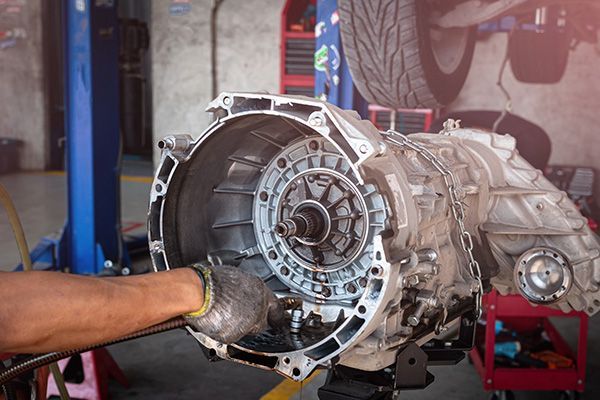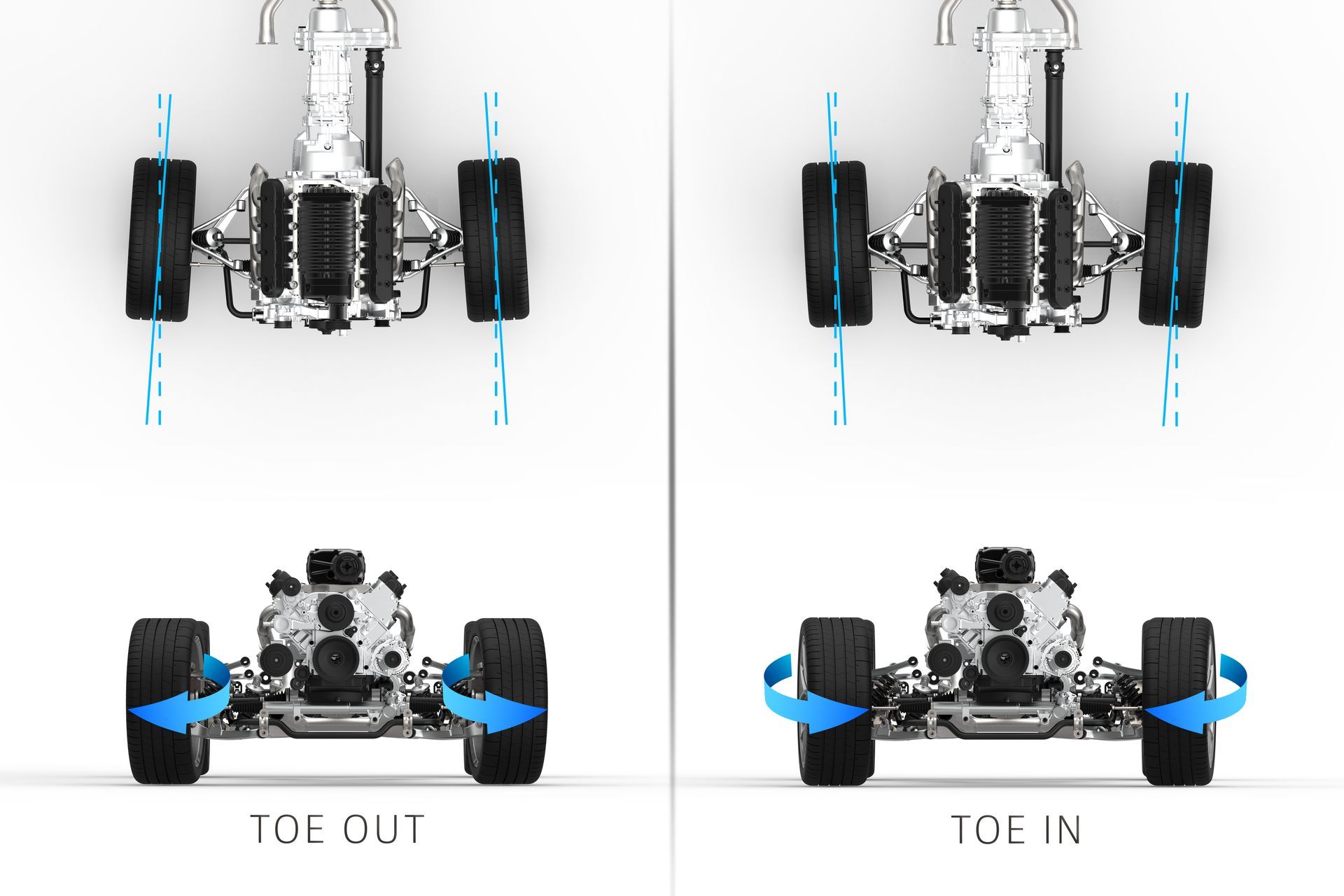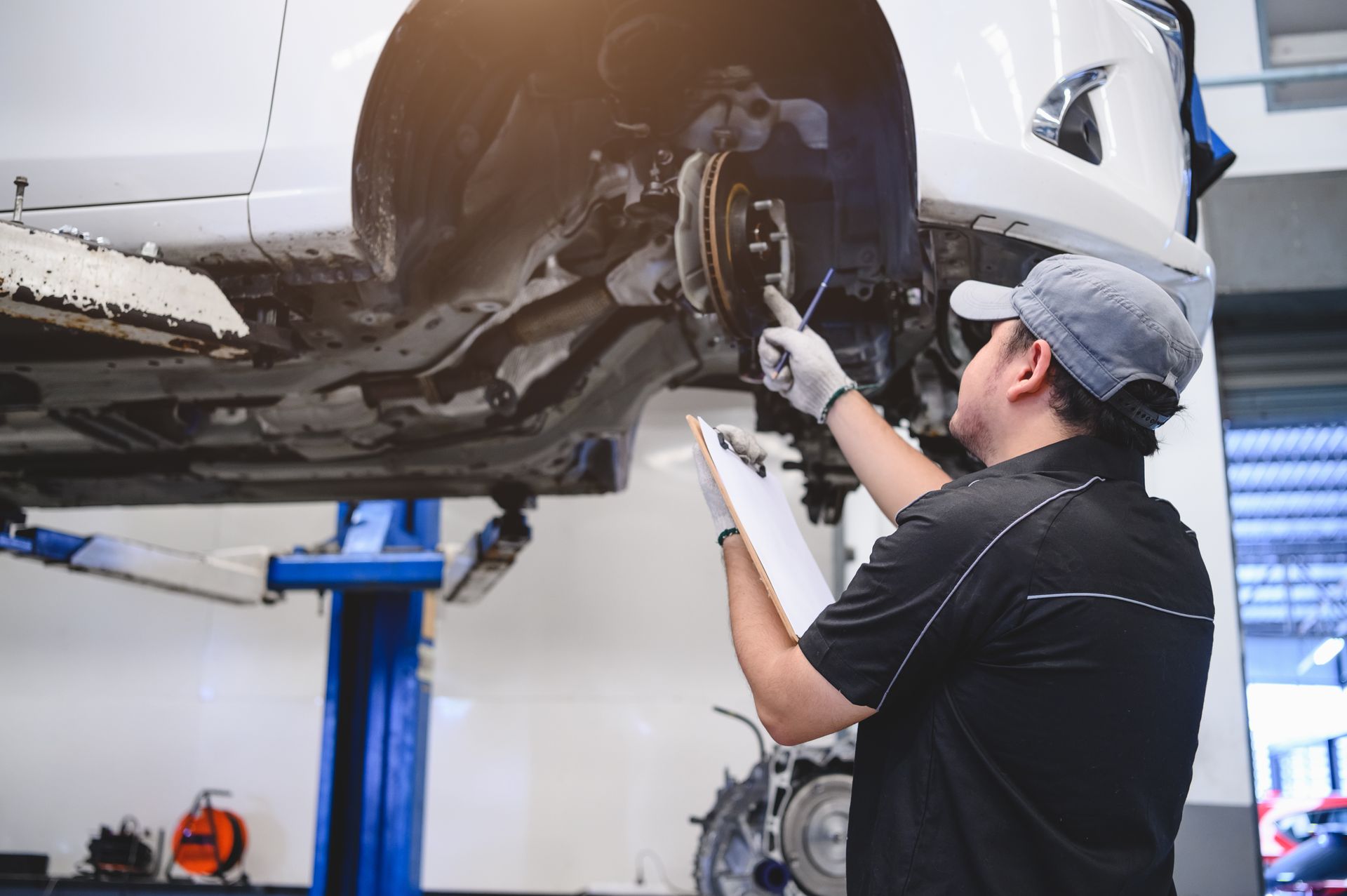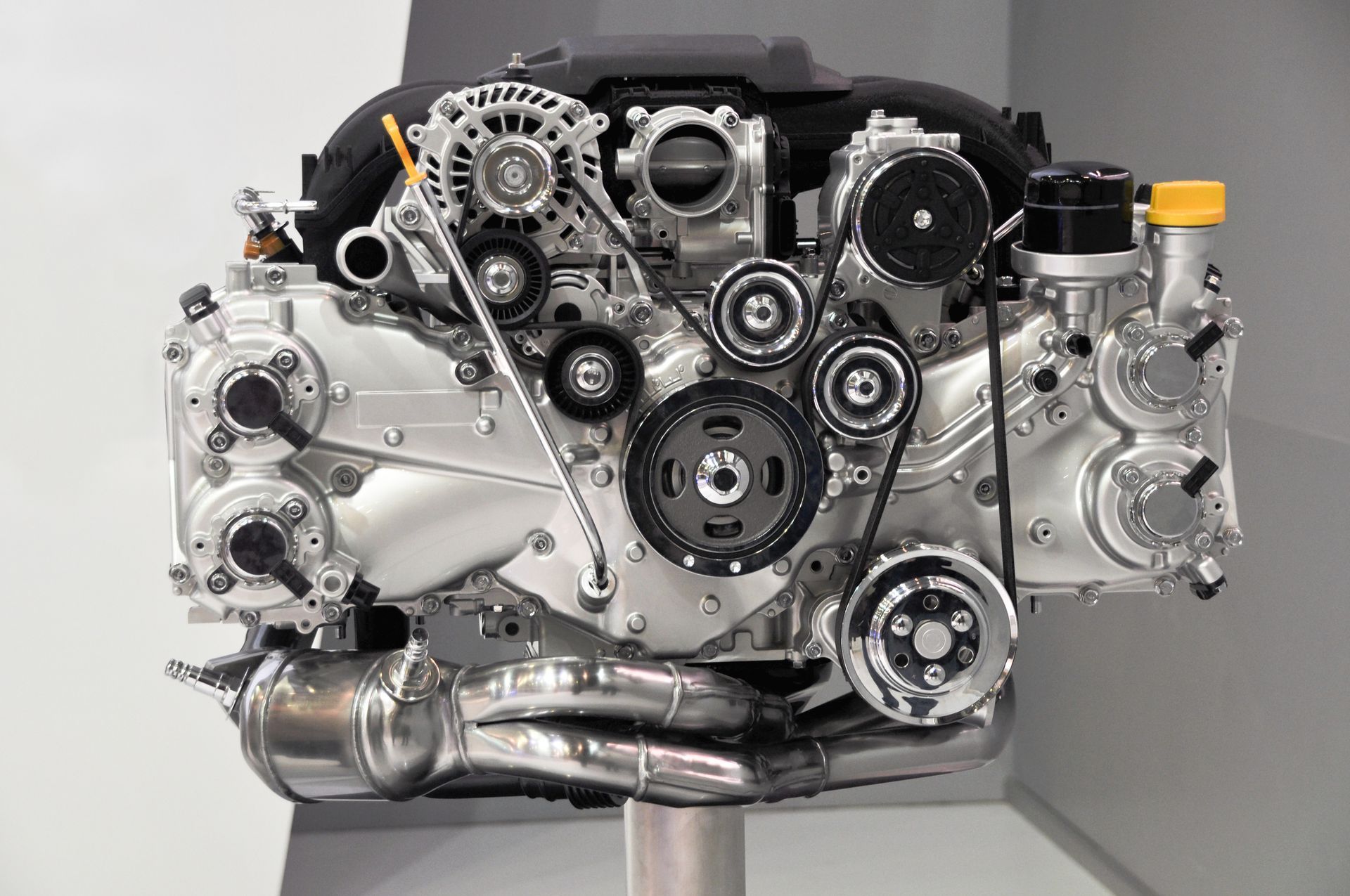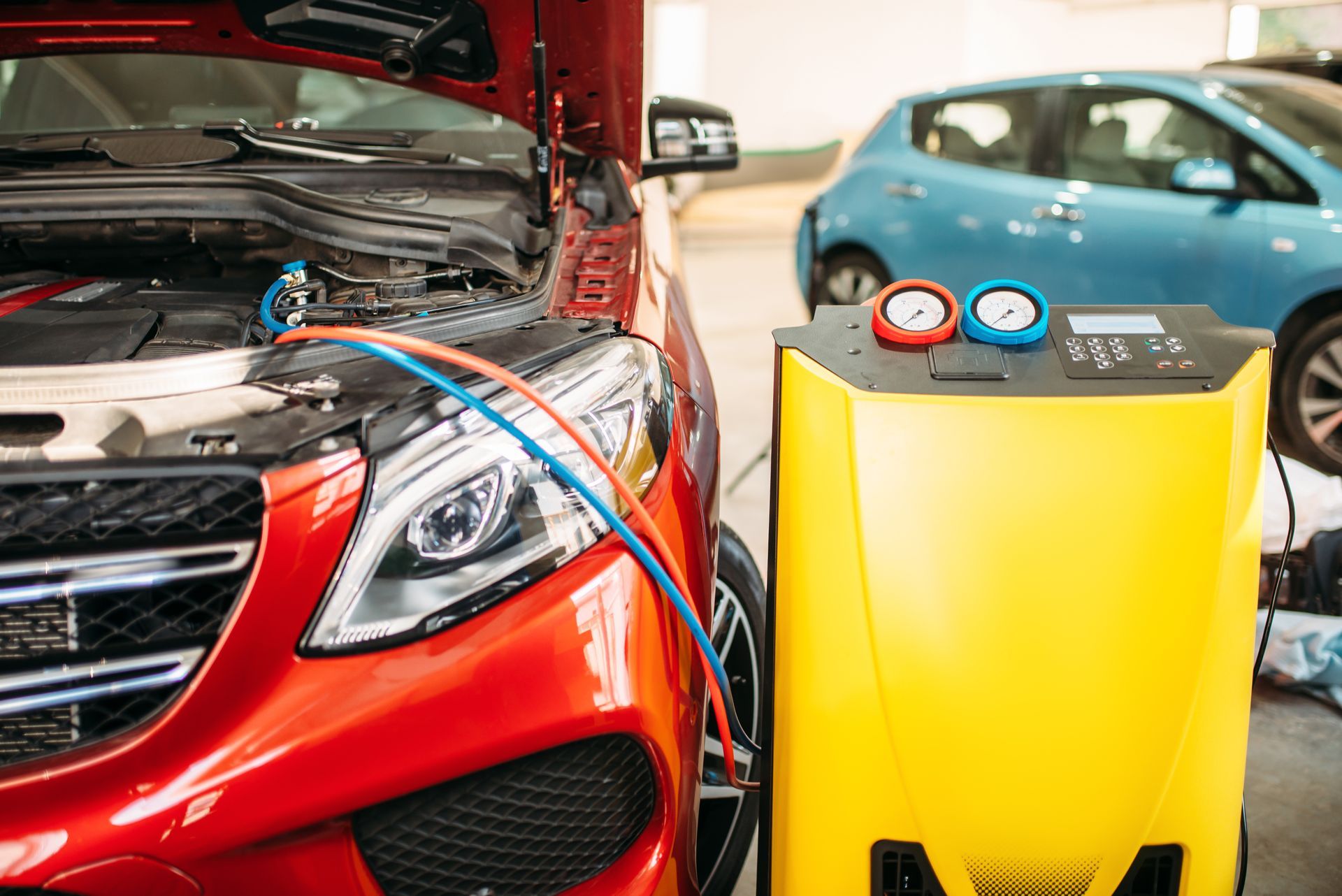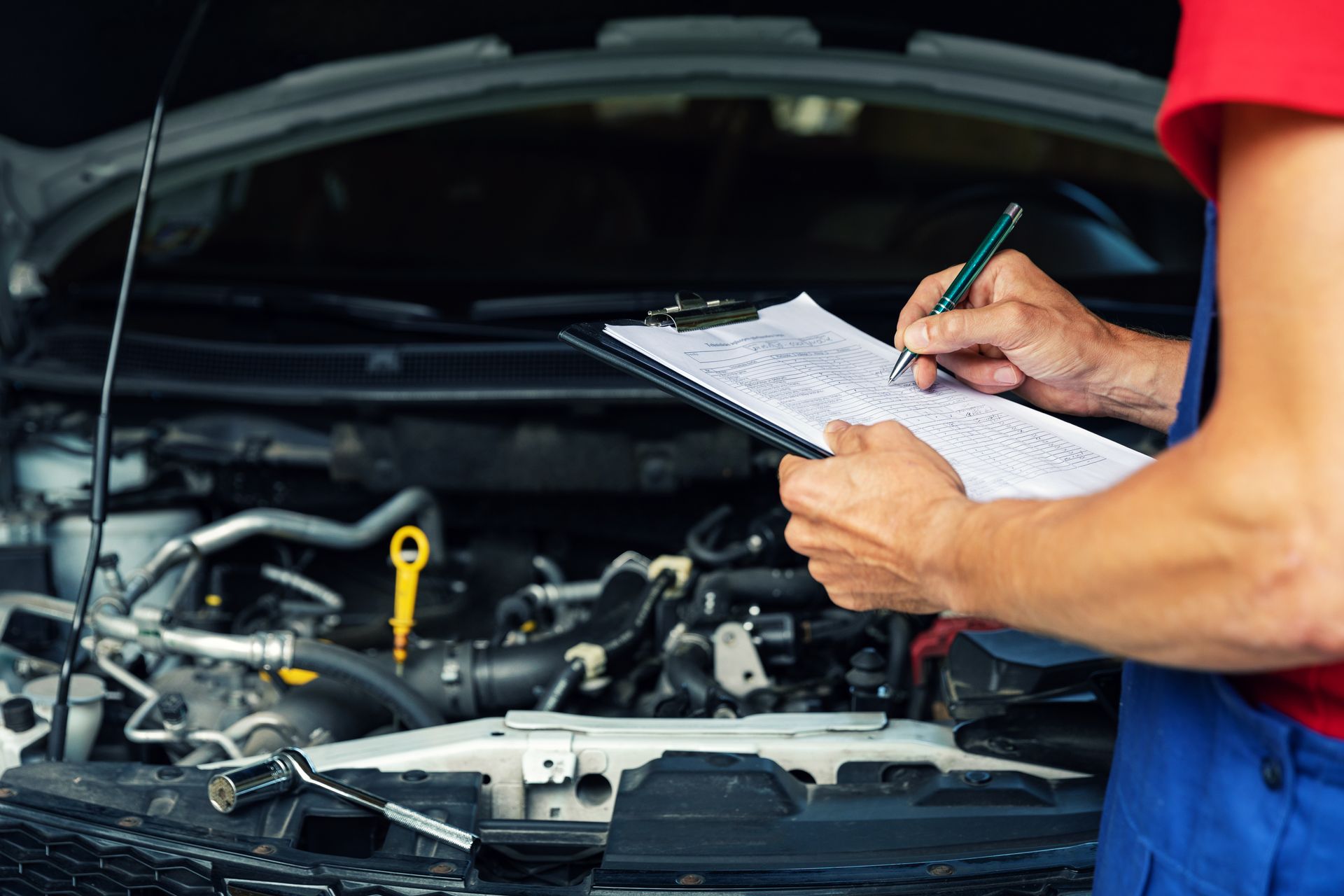Loading ...
Missing business hours data / Error occurred while getting the data.
Loading ...
Missing business hours data / Error occurred while getting the data.
Common Signs of Electrical Car Issues
Your car's electrical system runs everything from the engine's spark to the power windows. It can affect your vehicle's performance, safety, and convenience when it starts acting up. Recognizing the signs of electrical problems early can save you from costly repairs and unexpected breakdowns. We'll explore the common indicators of electrical issues in your car and offer practical advice on what to do if you encounter them.
Why Electrical Systems Matter
Before exploring the symptoms, let's discuss why your car's electrical system is essential. Modern vehicles rely heavily on electronics for almost every function. From starting the engine and lighting up your dashboard to running the air conditioning and entertainment systems, a car's electrical system plays a vital role. Any malfunction can lead to a cascade of problems affecting your vehicle's overall performance and reliability.
Dim or Flickering Lights
One of the most noticeable signs of electrical issues is dim or flickering lights. This can happen with both interior and exterior lights. If your headlights seem less bright or flicker while driving, it could indicate a problem with your battery, alternator, or a loose connection somewhere in the system.
What to Do
Check the battery terminals for corrosion and ensure they are tightly connected. If the problem persists, it might be time to have your battery and alternator tested at a repair shop.
Trouble Starting the Engine
Another common sign of electrical trouble is difficulty starting your car. If you hear a clicking sound when you turn the key or if the engine turns over slowly, your battery might be weak or dying. In some cases, the starter motor itself could be the issue.
What to Do
Try jump-starting your car. If it starts, you likely have a battery issue. If it doesn't, the problem could be more serious, requiring a visit to Suwanee Service Station.
Malfunctioning Electronics
If your car's electronics start acting up, it can be a clear indicator of electrical issues. This includes things like the radio, power windows, dashboard lights, and other electronic accessories not functioning correctly or intermittently.
What to Do
Check the fuses related to the malfunctioning components. Replacing a blown fuse might solve the problem, but if the fuse blows again, there could be an underlying electrical issue that needs professional attention.
Unusual Smells or Sounds
Unusual smells or sounds can also signal electrical problems. A burning smell could indicate overheating wires, while unusual sounds might come from malfunctioning components like the alternator or battery.
What to Do
If you notice a burning smell, turn off your car immediately and inspect under the hood for visible signs of overheating or damage. Unusual sounds should prompt a visit to our repair shop to diagnose and fix the issue before it worsens.
Battery Warning Light
Your car's dashboard warning lights are there for a reason. If the battery warning light comes on, it indicates a problem with your vehicle's charging system. This could be due to a failing alternator, a bad battery, or other electrical issues.
What to Do
Don't ignore the warning light. Have your vehicle inspected by a professional as soon as possible to identify and resolve the problem.
Diagnosing Electrical Issues
Diagnosing electrical issues can be tricky because they often involve multiple components. Here are some steps to help you identify the problem:
1. Inspect the Battery
Check for any signs of damage or corrosion on the battery terminals. Use a multimeter to test the battery's voltage. A healthy battery should read around 12.6 volts when the engine is off and between 13.7 and 14.7 volts when the engine is running.
2. Check the Alternator
The alternator charges the battery and powers the electrical system when the engine is running. If it's not functioning correctly, your battery won't stay charged. A multimeter can also test the alternator's output.
3. Examine the Starter Motor
The starter motor might be the issue if your car has trouble starting. Listen for a clicking sound when you turn the key, indicating a problem with the starter.
4. Look for Loose Connections
Loose or corroded connections can cause a range of electrical problems. Inspect all visible wiring and connections, ensuring they are secure and corrosion-free.
5. Use a Diagnostic Tool
Modern vehicles come with onboard diagnostics (OBD-II) that can help identify electrical issues. An OBD-II scanner can read error codes from your car's computer, providing valuable information about the problem.
Don't let electrical problems leave you stranded. Trust
Suwanee Service Station to provide top-notch electrical system
maintenance and repair services. Schedule your visit now!
Loading ...
Missing business hours data / Error occurred while getting the data.
Working Hours
Having Trouble Finding Us?
Loading ...
Missing nap lines data / Error occured while getting the data.


